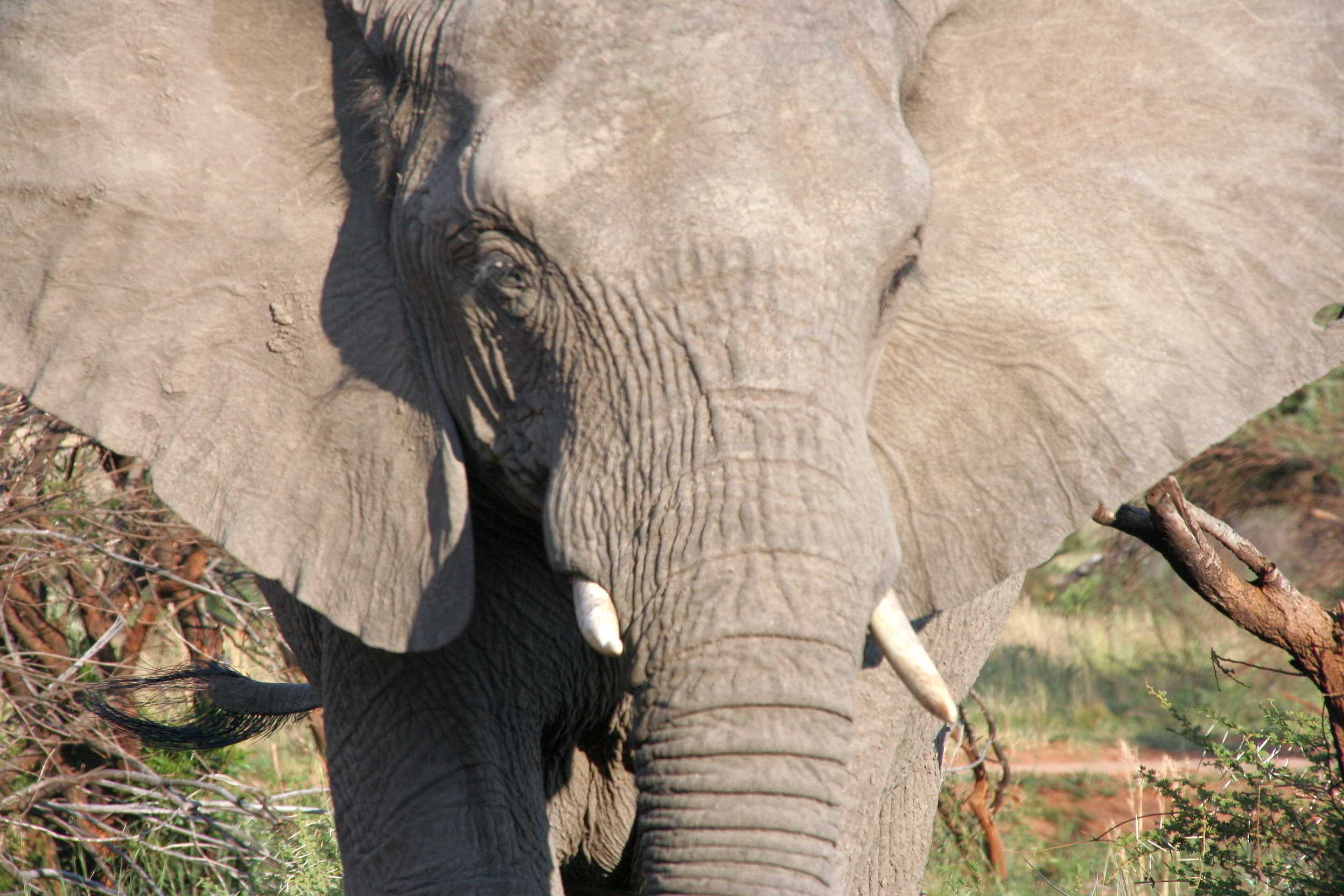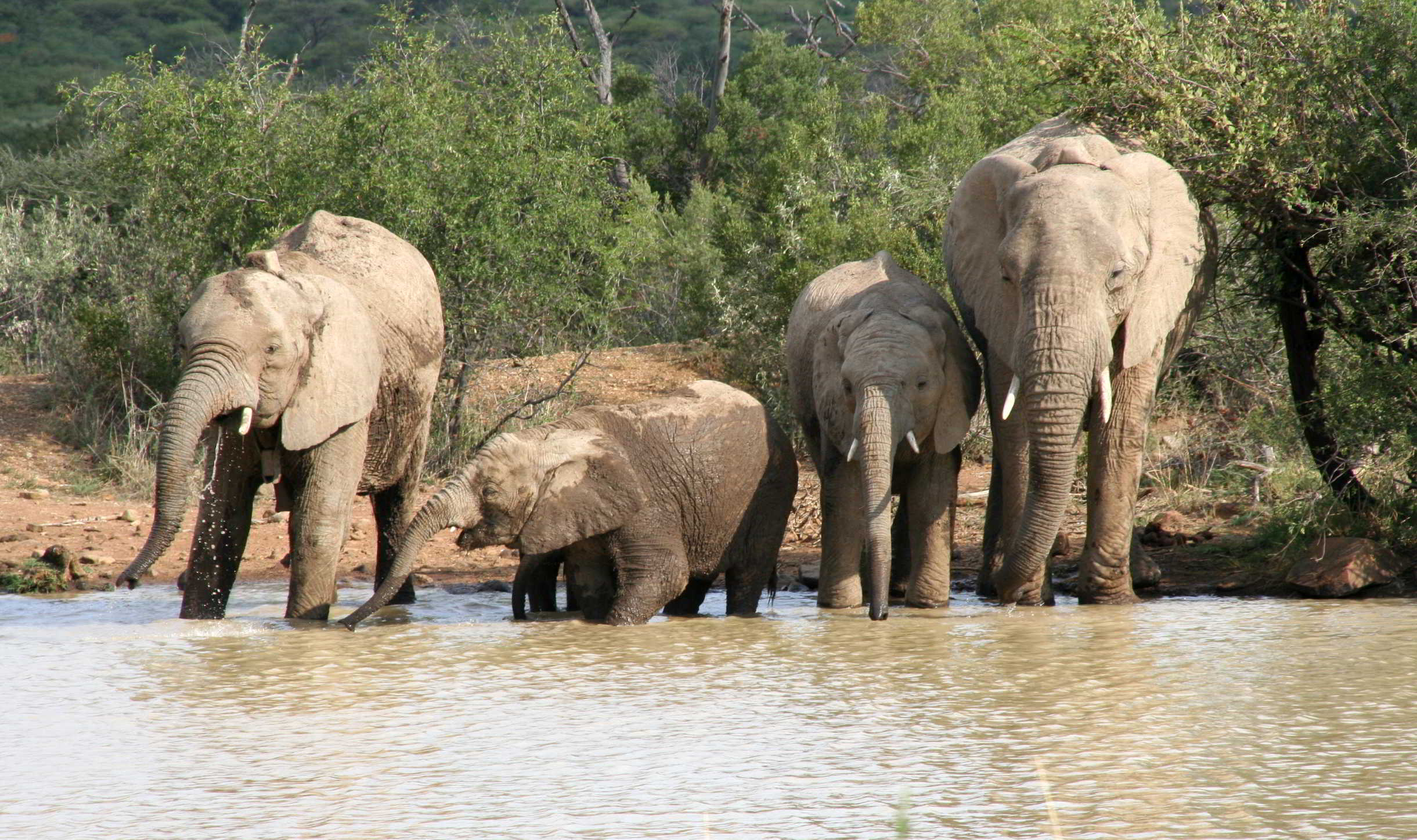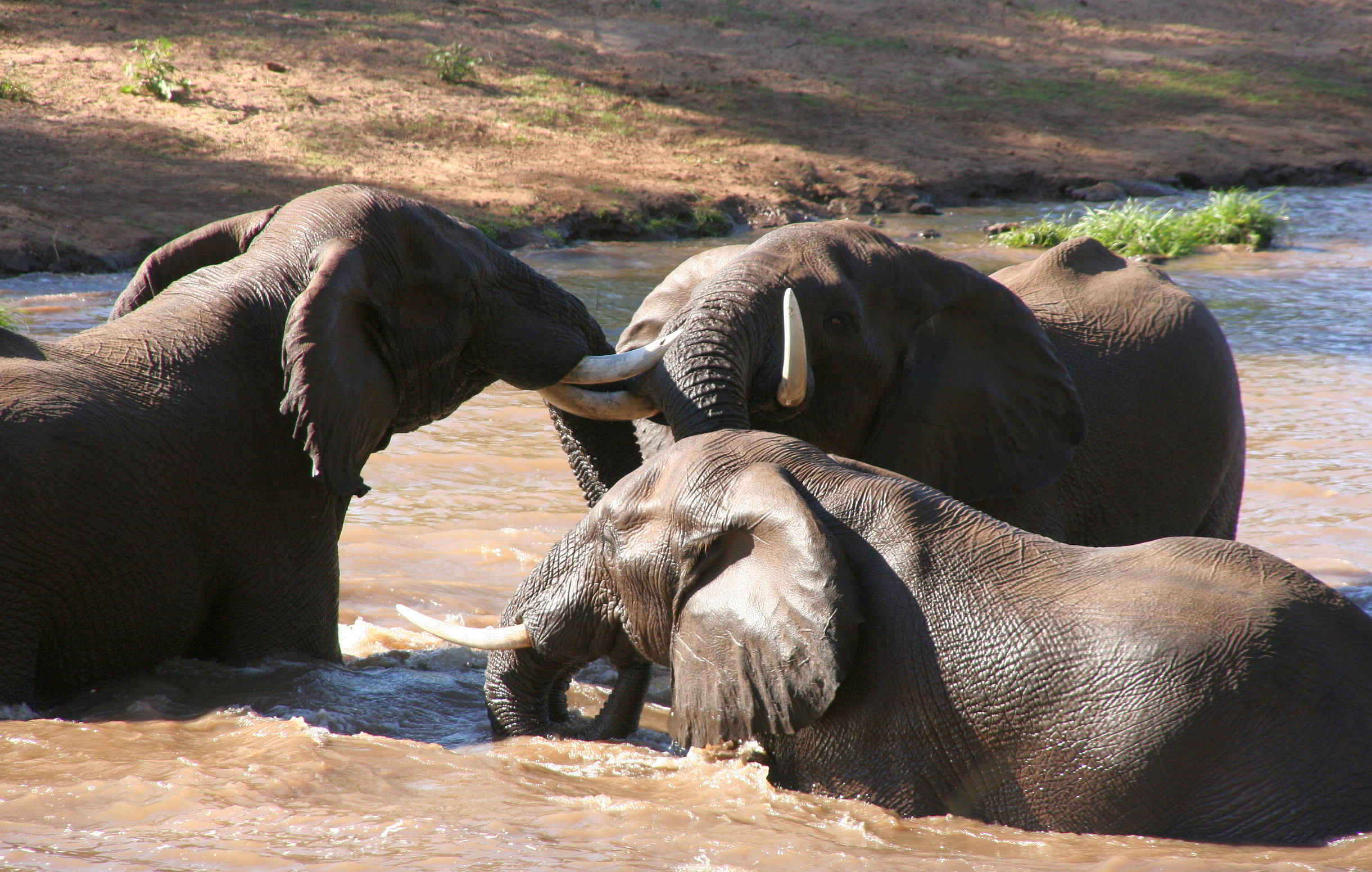The Story of CBSS
The Early Years - before CBSS was born
Carin's love for water was evident from a young age, and most of her school assignments had something to do with water. After graduating with an Honnours Degree in Chemistry from the University of Pretoria, she worked for the Department of Water Affairs for 14 years in various positions and divisions, including as analyst in their organic chemistry laboratory; as hydrologist; and as water quality officer for the Klip River and Riet Spruit catchments, during which time she was involved with the drafting of the National Water Act 36 of 1998 (NWA).
As Assistant Director, she was responsible for coordinating the drafting of the first internal WUL-procedural guideline, the training of new pollution control officers, as well as for the development of policies on industrial and hazardous waste management, and the classification of waste. During this time, she completed her Masters' Degree (cum laude) at the Northwest University, and her dissertation focused on the harmonisation of regulatory frameworks for the sustainable disposal or discharge of waste and wastewater.
She was the Deputy Director: Business Planning, tasked with implementing community sanitation projects, when she was recruited by the Center for Environmental Management at the North-West University to facilitate and restructure their training courses, and to provide advisory services in environmental management to organisations throughout southern Africa.



The Politics of Pollution
In 2005, Carin rejoined the Department of Water Affairs as Director: Water Resource Protection and Waste Management, after being requested to apply for the position by the then Chief Director. She immediately set out to retrain all officers involved with water use authorisation and water quality issues, to review the WULA-process, and to implement consistent and risk-based site-specific procedures for the remediation of activities that cause water pollution (especially groundwater). She also initiated the Blue-Drop/Green-Drop system to improve compliance by local government on water-related matters.
One of her biggest achievements was to be instrumental in preventing large scale pollution of the Vaal River with acid-mine drainage (AMD), as well as preventing serious job losses in the Klerksdorp–Orkney–Stilfontein–Hartbeesfontein (KOSH) area, by drafting a Directive to ensure continued pumping of water from the Margaret Shaft. The Directive was issued in terms of section 19 of the NWA to a number of mines, compelling them to share the cost for pumping. This resulted in legal history being made, as it was the first case on the interpretation of section 19 of the NWA decided in the Supreme Court of Appeal [(2006) SCA 65 (RSA)]. The Court agreed with her interpretation of the NWA, and the Directive she drafted to ensure the continued pumping of water from the Margaret Shaft stands to this date.
By 2006, the political climate in government was changing, and "state-capture" forces were unhappy about Carin's successes in the KOSH-matter. They succeeded in effecting her suspension from duty. The Public Services Bargaining Council, acting on behalf of the CCMA, decided that her suspension was an unfair dismissal, and the Department had to pay her out for the rest of her contract, which created the opportunity to establish CBSS.
The Story of the Elephants
In 2007, Carin met Miki Eff, and they joined forces to make a shared dream come true: to establish an independent organisation to assist both the public and private sector with advisory, training, and environmental data visualisation and management solutions, in order to facilitate a sustainable future.
During a strategic planning visit to the Pilansberg National Park, an elephant stormed their vehicle, and in spite of the scare, Miki managed to take this stunning photo. --->
That evening, around a campfire, they started talking about elephants, and how the saying that to "eat an elephant one bite at a time" when talking about how to get a difficult job done, is only half the story: the second (and more important) part, is that one cannot eat an elephant by yourself. Its average weight is 6,000 kilograms...!!
But it can be done: It takes a village to 'eat an elephant', and just as a step-wise "Plan-Do-Check-Act" approach has to be followed to facilitate judicious environmental management and governance, it will never be successful without collaboration and cooperation of all the relevant role-players. And without having laws and regulations that controls them, elephants instinctively understand the importance of both water, and of cooperation.
And that is what environmental- and water governance is all about. We decided that night, around that campfire, that the Way of the African Elephant will always be the philosophy of CBSS: to tackle big problems in a step-wise approach, and to ensure and facilitate collaboration and cooperation in finding solutions for them.
In January 2008, Carin Bosman Sustainable Solutions cc (T/A CBSS cc) was officially launched, and we have been following our African Elephant philosophy ever since, providing numerous solutions and completing a range of projects over the years, for a diverse group of clients, ranging from mining companies, industries, and environmental consultancies, to local and national government departments, labour unions, environmental NGOs, and even universities.
A searchable list of our completed projects, and the clients for whom we had provided solutions, is available here.
Get in touch if you need our assistance to resolve your water governance issues - we know conflict, and we know how to handle it with collaborative solutions!











